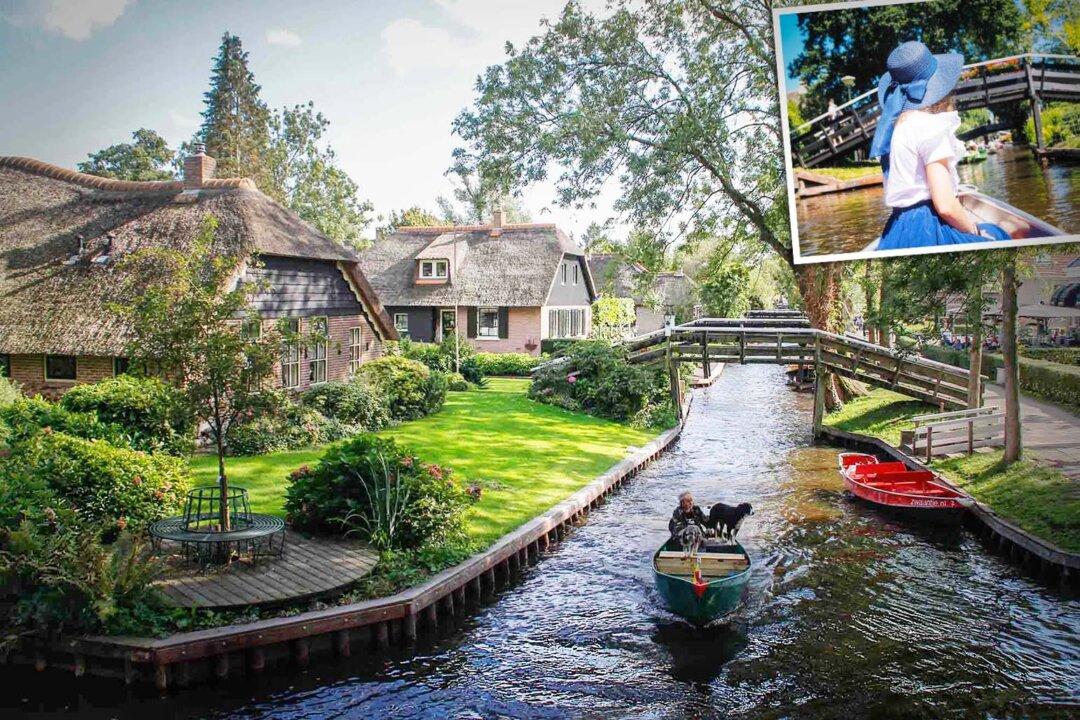A fairytale come true—the picturesque, dreamlike Dutch town of Giethoorn, where water replaces roads, fits the simile to a tee.
It’s a medieval town in its earliest origins, harking from the 13th century, and still features rustic, traditional thatched roofs.






